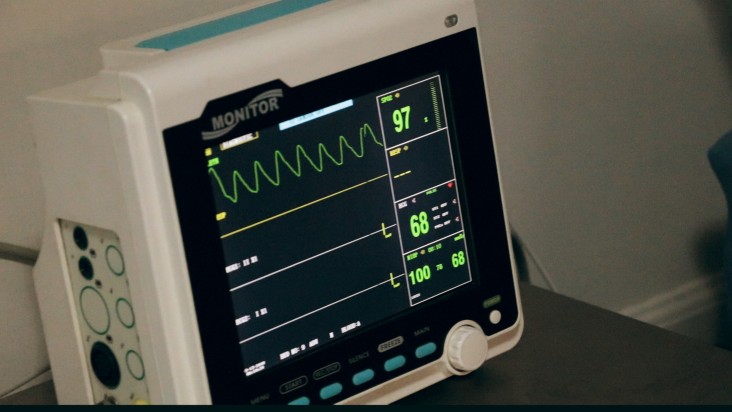Radiofrequency lesioning (Radiofrequency nerve ablation) is a rising treatment with the aim to relieve chronic pain; the treatment utilized a specific device to disrupt nerve conduction on a semi-permanent basis. The way the radiofrequency lesioning treatment works, in some cases the nerves are normally blocked for 6-9 months, however alleviation can be as short as 3 months or as long as 18 months for a few patients.
This radiofrequency lesioning treatment can be utilized effectively for those with back pain, neck pain, muscle pain, or different inconveniences. A probe is injected with the help of a needle and controlled supply of heat is set along a painful nerve. The technique utilizes heat to disrupt the nerves conductivity.
Possible Outcomes of Radiofrequency Lesioning Treatment
For individuals who can’t perform everyday activities because of intense pain, radiofrequency lesioning treatment can turn out to be immensely positive. In the event that the technique turns out to be effective, as a result, the treatment may enable individuals to come back to work and perform essential everyday activities like walking without extreme pain.
Radiofrequency Lesioning treatment’s effects can last up to a year or two, due to its effectiveness which may make it more alluring than steroid injections, offers it to be another common pain treatment which could include back and joint. Moreover, it is a less invasive process than other surgical techniques for reducing joint and disc pain, especially fusion surgery. The reason behind it is that the fusion makes a rigid segment between vertebrae or the pelvic bone as well as sacrum to hinder painful motion from instability.
Furthermore, the radiofrequency lesioning treatment works to disrupt nerve conduction, (for example, conduction of pain signals), and as a result, it may work in a way to decrease pain and other related symptoms. About 70-80% of patients will get a good block of the intended nerve. As a positive outcome, this should turn out to diminish that part of the pain that the blocked nerve controls. In some cases when a nerve is blocked, it turns out to be evident that there is pain from other areas also.
How the Radiofrequency Lesioning is Performed?
With the help of a fluoroscopic (X-Ray) the radiofrequency lesioning procedure is done in precise needle placement. An exclusive needle is utilized; the tissue at the site of pain is stimulated by a small radiofrequency current. This purposeful current works to produce heat and works in a way to block the pain pathways. In addition, in order to numb the area before the process starts local anesthetic is utilized. The process takes somewhere in the range of 30-60 minutes and the patient can return home after the process.
How Painful is Radiofrequency Lesioning?
A small amount of local anesthetic is injected in order to begin with the procedure with the help of a small needle. In a reality, it just feels like a little pinch and after that, a slight burning as the local anesthetic begins numbing the skin. The procedure needle feels like a bit of pressure at the injection site afterward the skin is numb. A number of individuals tend to be drowsy or all the more intensely sedated for these procedures.
Who is a Suitable Candidate for Radiofrequency Lesioning?
This technique is suitable for individuals with specific sorts of low back or neck pain (for the most part of the pain from the facet joints). On the other hand, the ideal candidate must have reacted well to diagnostic local anesthetic blocks. The fruitful results of radiofrequency lesioning will rely upon how well you react to the “temporary” or diagnostic block.

